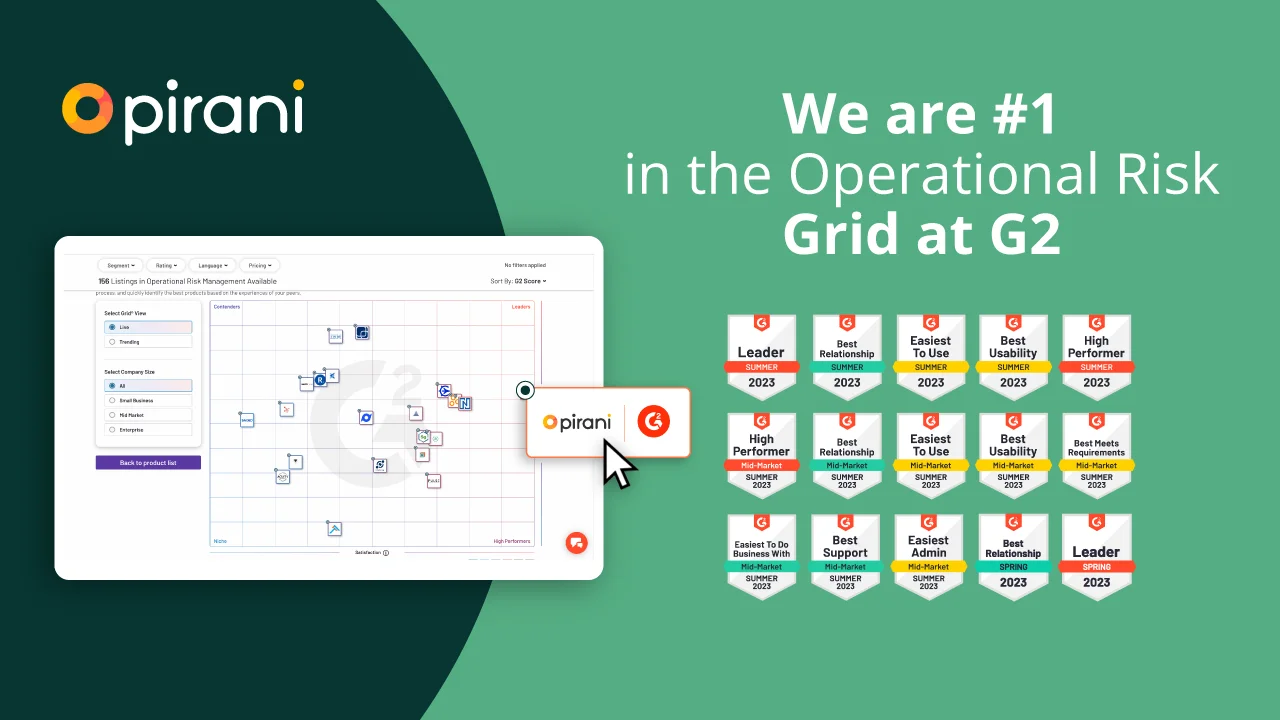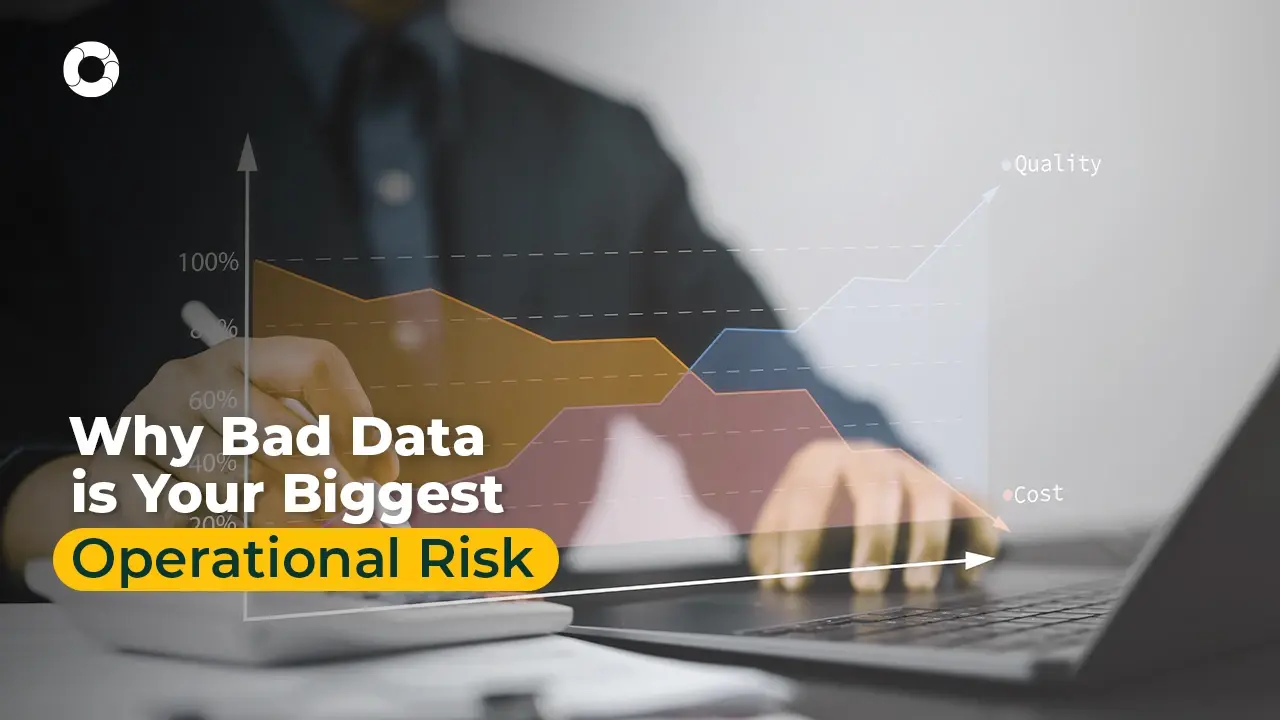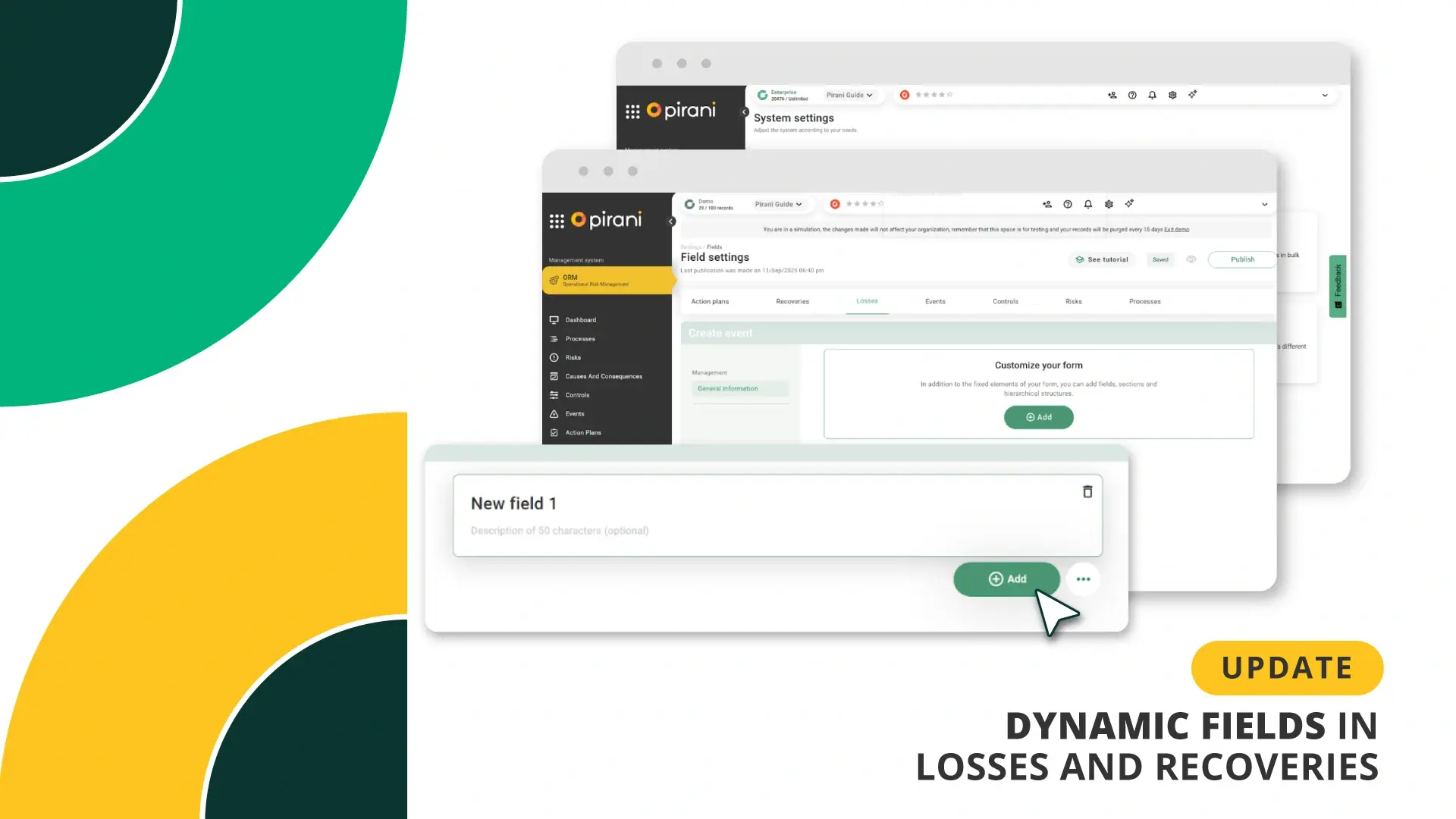Get to know the methods of risk assessment

In risk management, two types of methods are known for rating and assessment thereof: the qualitative method and the quantitative method. In this article, we will explain what they both consist of and their main advantages and disadvantages when it comes to measuring risk.
Qualitative method
This method owes its popularity to the fact that it is generally applied at the beginning of any risk study, and it is widely used when time and monetary resources are scarce, given that compared to the quantitative method, its investment in both aspects is lower.
In the qualitative method, expert knowledge and criteria on the matter under analysis is imperative. Its main advantage has to do with its greater ease of calculation, since it does not imply an economic or probability assessment.
Qualitative analysis is built on elements that are related to each other: threats, vulnerabilities, impact and, in some cases, controls.
Threats: are the events identified as those that may affect the project's objectives.
Vulnerabilities: are the factors or elements that can increase the risk of a threat materializing in the project.
Impacts: are the consequences of the materialization of threats. Impacts are associated with a certain level: high, medium and low. These, in turn, are associated with certain factors, which can be economic, operational, human or image loss-related.
Controls: are measures that can counteract risk events. These controls include:
- Preventive
- Corrective
- Detective controls
Over time, techniques have been created to try to make the method more precise and reduce the degree of subjectivity surrounding it. However, given the increasing complexity and importance of risks for companies in recent years, this method is complemented and broadened by using techniques from the quantitative method.
Quantitative method
The quantitative method in risk analysis allows you to obtain a numerical valuation of the materialization of an event, either positive or negative, in terms of defined criteria, which can be monetary, operational, technical or human, among others, which makes the analysis more tangible and objective. However, there are authors that go further and define it as a method that allows the association of a probability and its corresponding distribution with the risk event and the consequences that it can have on the project objectives.
Quantitative analysis is usually carried out after qualitative analysis, but some authors indicate that it can be done separately and simultaneously, while others believe that it should take precedence over qualitative analysis. In any case, it is recommended that one complement the other in order to combine synergies.
In order to carry out such an analysis, the use of mathematical and statistical techniques, which require data collection, is necessary. Some of the most outstanding and widely used techniques are:
- Sensitivity analysis
- Expected monetary value
- Decision trees
- Monte Carlo simulation
- Linear regression
- Non-linear regression
- Time series
- Game theory
- ARC
Advantages of the quantitative method:
- Objectivity
- Generalization of the results
- Makes the risk outcome more tangible
- Robust concepts and theories, which provides the results with more validity
Disadvantages of the quantitative method:
- Complexity in some calculations
- Can be too rigid due to the statistical and mathematical techniques applied.
- Demands more resources in terms of time and money
In any case, the decision of which method to use will depend on a series of factors such as the nature of the company, the availability of money, the quality of the information available and time.
You May Also Like
These Related Stories

Pirani Leads Risk Grid and Wins 13 Badges on G2

Top U.S. Money Laundering Cases and Avoiding AML Risks

The Impact of Data Quality on Operational Risk Management

Dynamic Fields in Losses and Recoveries
.webp)
Quantitative Risk Assessment: More Precision, Less Subjectivity


No Comments Yet
Let us know what you think